By Elisa Shoenberger
What is this report?
The World Wealth Report is an annual report about the wealth of high-net-worth individuals (HNWIs) and the economic conditions in the Wealth Management industry. This year’s report is based on responses from over 2,973 HNWIs in 24 wealth markets, administered in January 2022.
Capgemini defines HNWI as those who have “investable assets of US$1 million or more, excluding primary residence, collectibles, consumables, and consumer durables.”
What are key findings from the article?
- Wealth increased with a rise in global High Net Worth Individuals (HNWI) of 7.8% and global wealth totals of 8.0%.
- Following the trend in 2020, North America leads the world on HNWI individuals with 13.2% growth and 13.8% wealth in 2021. Europe comes second, then Asia-Pacific. The report credits the strong performance of the technology sector, specifically Microsoft, Alphabet, Apple, Tesla and Nvidia. US real estate also grew 11%.
- However, with rising inflation and interest rate hikes, Capgemini estimates that global HNWI wealth declined by 4% from 12/31/2021 to 4/30/2022. North America would be the most impacted followed by Europe.
- Globally, 55% of HNWI want to make more investments with ESGs (environmental, social, and government). Interestingly, HNWIs in Asia-Pacific (except Japan), Latin America and Europe are most interested in sustainable investments, followed by North America. But millennials are the most interested age group in these types of investments.
- Cryptocurrencies and other digital assets are still popular. The report noted: “71% of HNWIs globally have invested in digital assets and 91% of HNWIs younger than 40 have investments in digital assets.” Cryptocurrency is their first digital asset, then exchanged-traded funds and the metaverse are next. Morgan Stanley has three funds that allow investors with at least $2M into bitcoin. (Of course, the report was written before the recent extreme volatility of cryptocurrencies and NFTs).
- Family offices are popular for HNWI. The 10,000 or so family offices manage 8% of the global HNWI wealth, which is about $7 trillion. That is up from $5.9 trillion with 7,300 family offices in the prior year. Even more striking is that HNWIs prefer them to large banks or wealth management firms – by 63%! They prefer them due to “one-stop-shop convenience and personalized services” as well as “reduced service costs.” Emotional connection is also key, something hard to build with banks and wealth management firms.
- Demographics keep changing. Women, millennials, tech-wealth HNWIs are emerging. The reported noted, “Women across all wealth brackets will inherit 70% of global wealth over the next two generations and will likely manage two-thirds of household wealth by 2030.” But there’s a disconnect with women and wealth management firms.
What can I do as a result?
- Pay attention to prospects who have family offices or participate in multi-family offices. Family offices are a huge wealth indicator. Family offices deliver investment and wealth management for the family, generally where the family has over $100 million in investable assets. Families with $25M+ in assets are more likely to participate in multi-family offices.
- Keep in mind rising demographics of wealth. The report noted: ““Women want firms to earn their trust and confidence and support their unique needs,” including returns on their investments and purpose.” The same could be said about women and philanthropy. Women may not want to have transactional relationship with a nonprofit.
- With the rise in popularity of ESGs, people may see impact investing as a means of giving back. For some prospects, your organization may have to approach them with the general framework of ESGs to “meet them where they are.”
- Cryptocurrency has had some rough months but there may still be opportunity for philanthropy. Fidelity Charitable reported that in 2021, $331 million in cryptocurrencies was donated to donor advised funds. It will be interesting to see what happens in the next few months. As with stock gifts, it is prudent to convert cryptocurrencies into cash as well as be more mindful of what donations your organization will take. Also, it may be worth looking at other digital assets including digital currencies, exchanged-traded funds and the metaverse.
Additional Resources
- World Wealth Report l Capgemini 2022
- The Cryptocurrency Merry-Go-Round: Are you on? l Aspire Research Group 2021
- Women’s Hack Guide To Prospect Research l Jen Filla Blog 2018

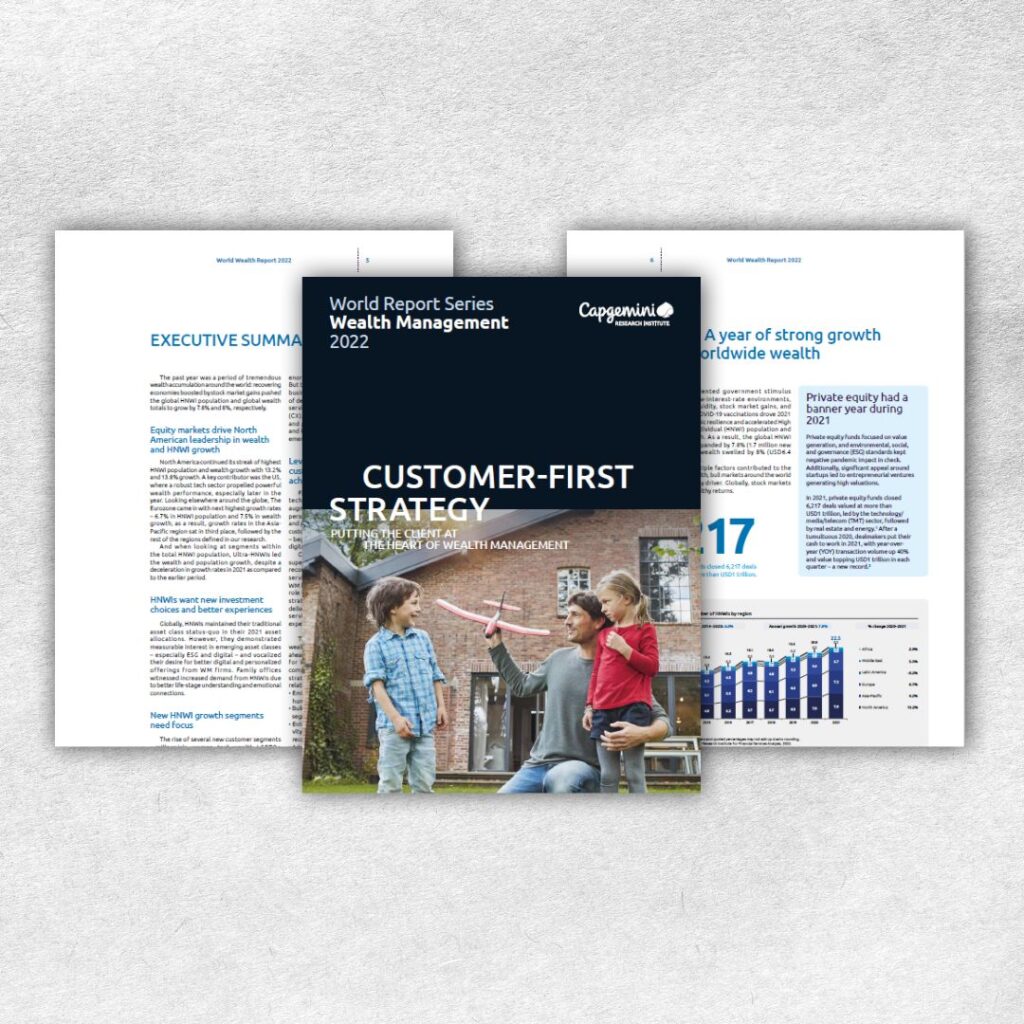

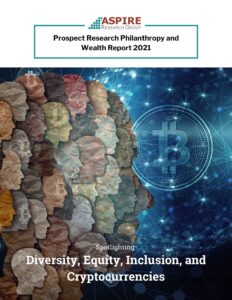
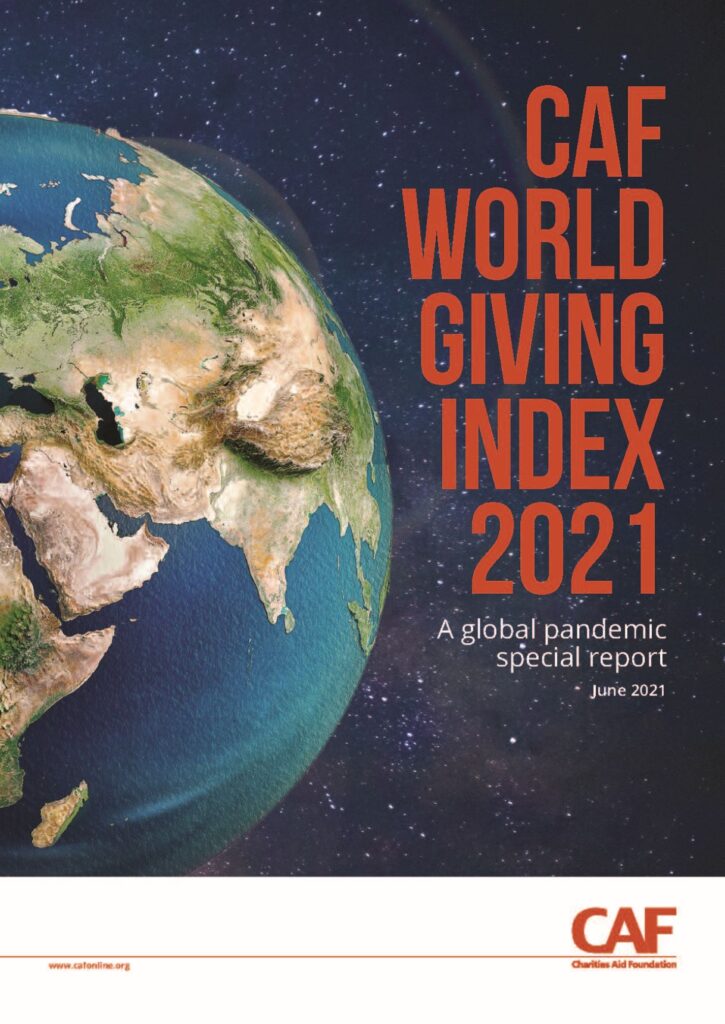


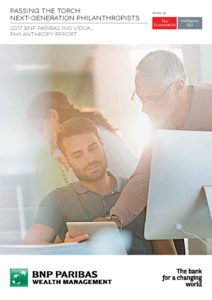 What is this Report?
What is this Report?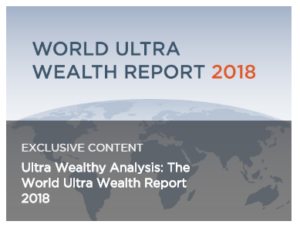 Authored by Wealth-X, a provider of global wealth intelligence, this report relies on 2017 data to analyze the ultra high net worth (UHNW) population and its share of global wealth. The report comments on the development of the ultra-wealthy segment and examines political and market drivers, regional trends, and wealth distribution. It further illuminates asset holdings, sources of wealth, and philanthropic interests. Wealth-X defines UNHW individuals as those with a net worth of $30MM or more, who represent 1.1% of the total world population.
Authored by Wealth-X, a provider of global wealth intelligence, this report relies on 2017 data to analyze the ultra high net worth (UHNW) population and its share of global wealth. The report comments on the development of the ultra-wealthy segment and examines political and market drivers, regional trends, and wealth distribution. It further illuminates asset holdings, sources of wealth, and philanthropic interests. Wealth-X defines UNHW individuals as those with a net worth of $30MM or more, who represent 1.1% of the total world population.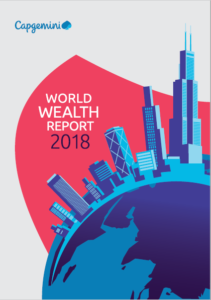 What is this article?
What is this article? What is the Report?
What is the Report?